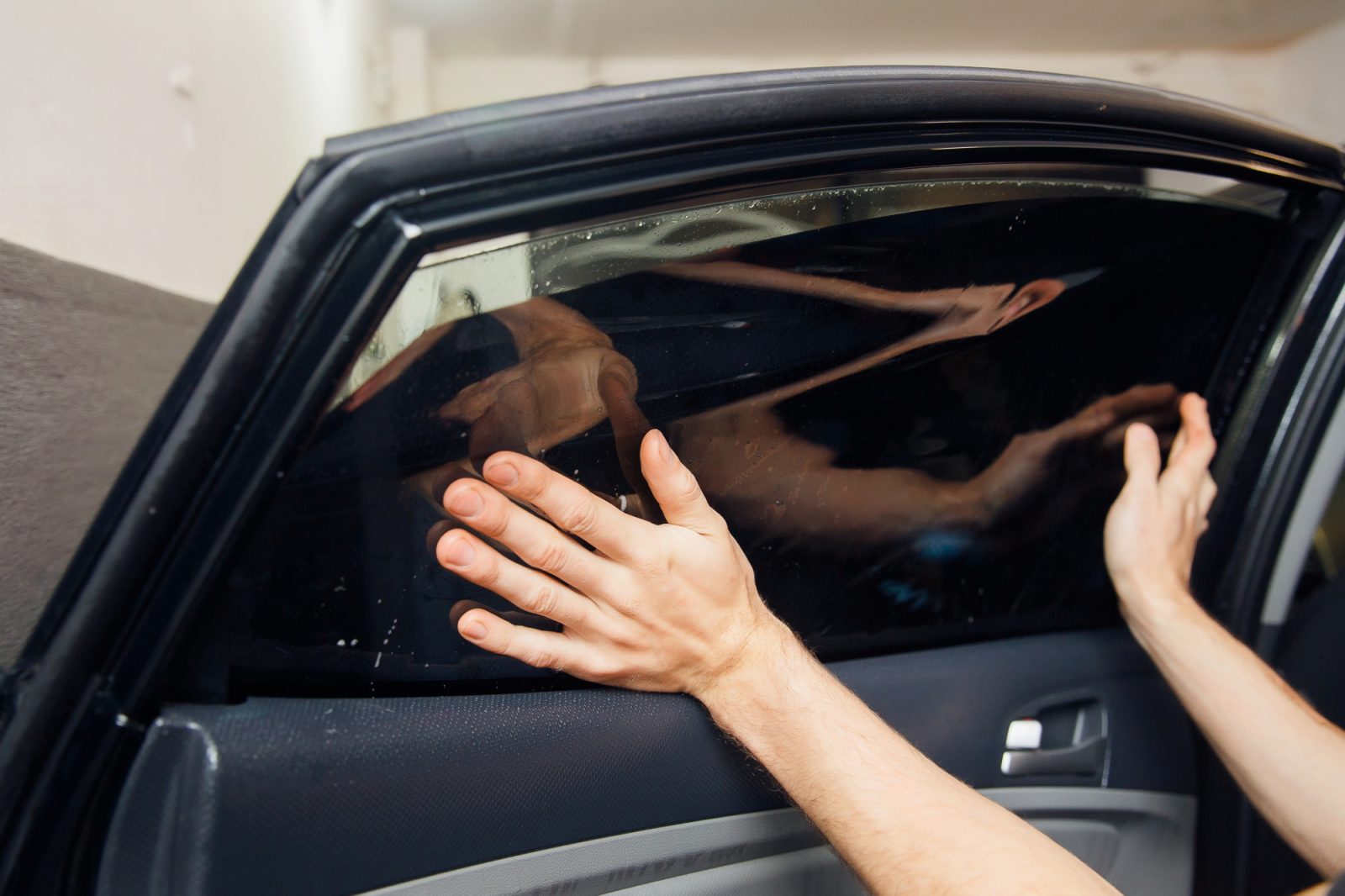Tinting your car’s windows is an effective way to preserve the condition of its interior. Once you decide to invest in window tinting services, you’ll need to set aside some money to cover the costs of the job.
Tinting costs can vary tremendously, depending on a wide array of factors. The type of tint you choose will most directly impact the cost of your tinting services. The auto shop you chose to visit, the region you purchase tinting services, and the make of your car will also have an effect on the overall cost. While you may be tempted to settle for a subpar tinting service in the interest of savings, you’ll want to invest in a quality tinting service provider like Top Edge Tinting.
Overwhelmed by the factors that play a role in your tint job? Here’s everything you need to know about the costs of tinting a car.
Types of car window tint
There are six main types of car tint available on-the-market. These types include:
Dyed window tint
Dyed window tint is, arguably, the most common type of car tint. This type consists of multiple layers of dye that block sunlight from reaching your car’s interior. This makes the tint effective at absorbing heat which, in turn, ensures that your car stays cool all times. The dark-colored dyes also enhance privacy, as these tint dyes make it harder for people to peer inside your car from the outside—reducing the risk of theft.
This type of tint is also relatively cheap. On the flip side, however, it won’t be as durable and is highly susceptible to bubbling and fading. You should expect to get the tint replaced every few years when you use dyed window tint.
Metalized tint
As the name suggests, this type of tint contains specks of metal that deflect heat from the surrounding environment. These flecks of metal are nearly microscopic, but are, nonetheless, highly effective at minimizing the amount of solar heat that penetrates your car’s interior.
Metal also fortifies your glass windows and makes them more shatter-resistant. Should you be involved in an accident, the metalized tint will hold broken pieces of glass together, protecting you from shards of airborne glass that can enter your respiratory system through your nose and mouth and inflict damage.
Metalized tint is also more long-lasting than dye tint. You can expect it to retain its pristine appearance for years. Because of its durability, it will be more expensive than dye tint.
Hybrid tinting
Hybrid tinting contains both dye and metalized tint. It incorporates the positive qualities of each type of tint while minimizing their unique negatives. With that in mind, this type of window tint is more reliable and longer-lasting than dye tint, while remaining less expensive than metalized tint.
Carbon tint
Carbon tint is yet another popular type of car window tint. It’s highly effective at blocking sunlight and infrared rays, as well. This helps to protect your car’s interior, especially the upholstery, from damage due to IR radiation. It also comes in a classy matte finish, which makes it exceptionally good-looking. Carbon tint, however, is one of the most expensive types of car window films. So, be wary of its steep prices.
Crystalline tint
Crystalline tint differs from other types of tint in that it is clear-colored. While this might not be great for those car owners who want to promote privacy, this kind of film is excellent at blocking UV radiation. This type of tint is also minimally regulated, which makes it ideal for those living in states that have strict tint regulation laws.
Ceramic tint
Ceramic tint is a newer type of car tint on-the-market today. It’s exceptionally efficient and can block up to 50% of sunlight without affecting visibility whatsoever. However, you should expect to part with quite a significant sum of money with this kind of tint. If you’re not willing to splurge, you’ll want to research other tint options available to you.
Factors affecting the cost of window tint
The type of window tint you choose is the single most influential factor when it comes to installation costs. Higher-end products like ceramic and carbon film are more expensive, while the more basic types, like dye tint, are less costly. The brand of tint you pick will also influence the overall price of the tinting process.
Different auto shops also offer car tinting services at different price ranges. Generally speaking, the more meticulous and skilled the mechanics at a particular garage are, the higher the installation price will be.
As mentioned prior, the model and size of your car can impact the cost of car window tinting services. Larger cars like SUVs and family vans attract higher installation prices, while smaller cars cost less to have window tint installed. The cost of installing window tint may rise if you need to have the previously-installed tint removed.
The benefits of professional window tinting
Getting your car windows tinted by a professional mechanic offers more than just convenience. Contrary to popular belief, car tinting is a demanding job that requires skill and expertise for perfect execution. If you want to keep your tint from bubbling and fading after a few months, it’s best to have your tint installed by a professional. Besides, a trained technician will be trained on your state’s tinting limits and will be able to advise you on the best type of tint for your vehicle according to your car’s make/model, your budget, and your region’s regulations.
Conclusion
Tinting your car is your best defense against sun damage to your car’s interior. These services will help boost the longevity of your car’s life by a wide margin. Fortunately, the costs of car window tinting vary widely, which makes it easy to locate an auto shop best suited to your budget. Now that you’re familiar with different types of tint that are available, all you have to do pick a dealer, pay the fees, and enjoy your vehicle’s new tint job.







